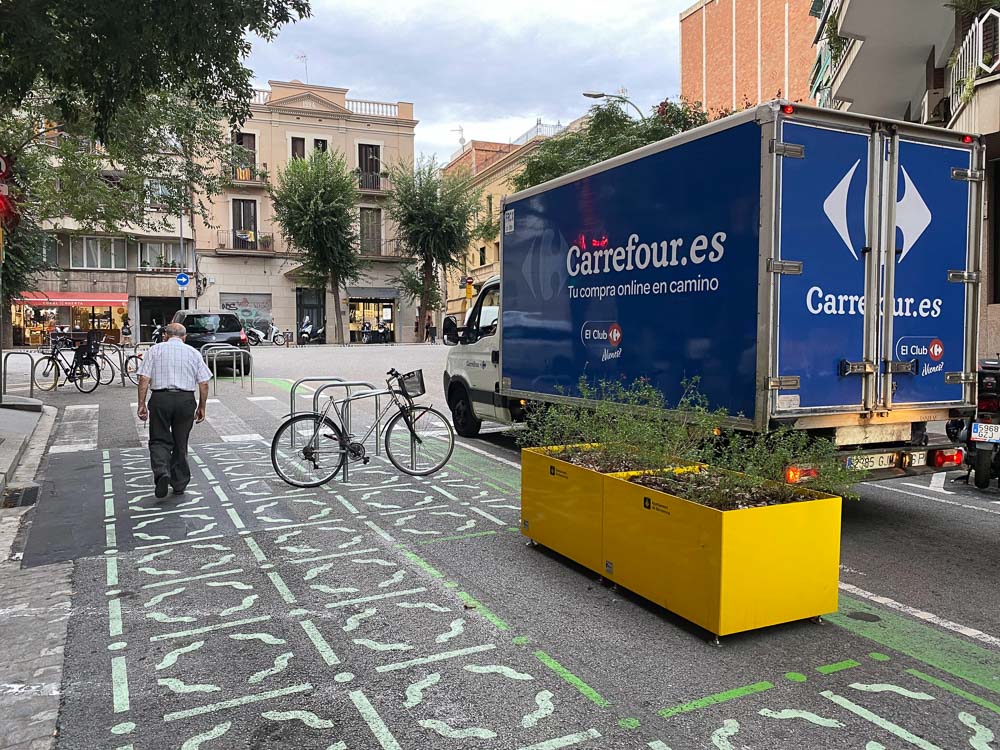
During a recent business trip to Barcelona, I got a chance to explore the city that has made a name for itself as a hub for mobility concepts where humans are placed back at the center of attention.
While only a brief glimpse, even just a few days left enough of an impression on me to observe and share a few ideas that I think could also work quite well closer to home. Here are three mobility approaches from Barcelona that I think could also work in Metro Manila.
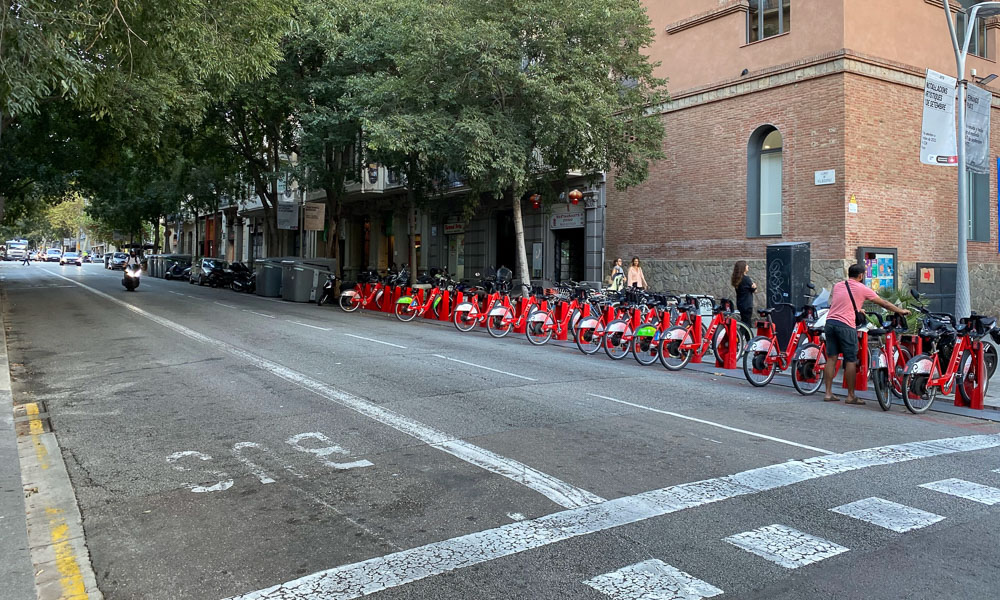
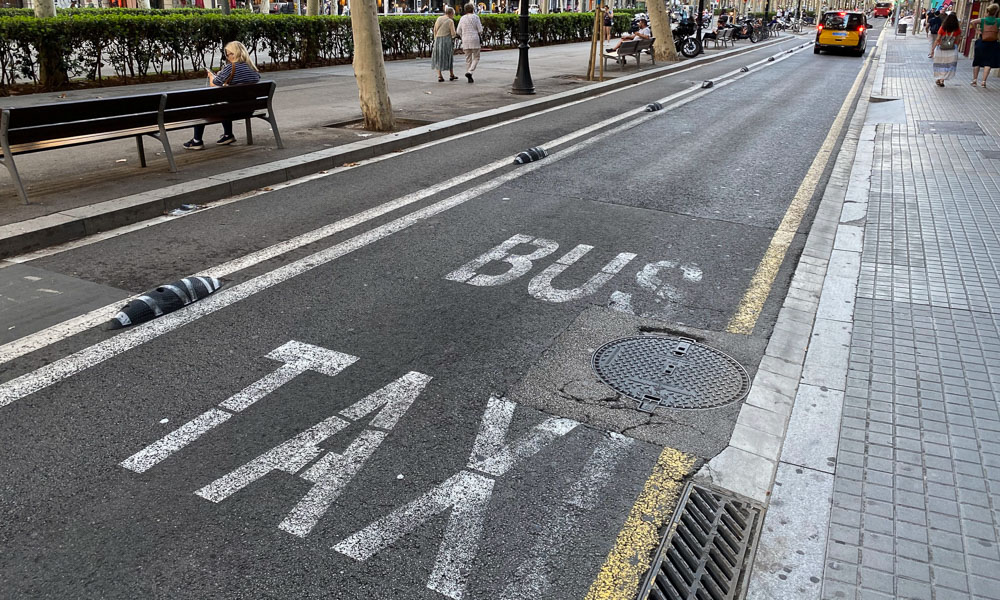
1. Bus and taxi lanes are everywhere. There are plenty of bus lanes all across the city to ensure public-transport users that they can conveniently whiz past private car owners, but the city has even gone one step further.
Taxis are also allowed to use bus lanes, and it makes sense if you think about it. If the aim is to reduce the number of private vehicles on the roads, then making taxis a more attractive option to using your own car is not a bad idea.
Cabs are also reasonably cheap for a famous European tourist destination, with the 20-minute trip from my hotel in the center to the airport booking at less than €20 (P1,200). While Uber is available in Barcelona, drivers for the American firm are not allowed to use the taxi lanes, and will get fined if they are caught.
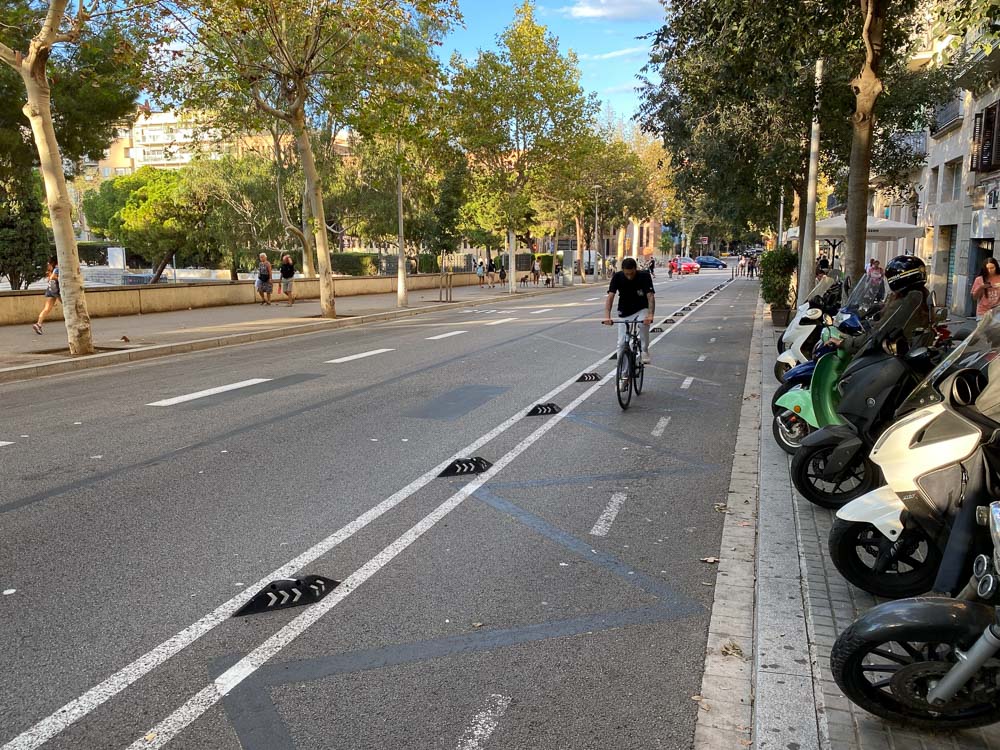
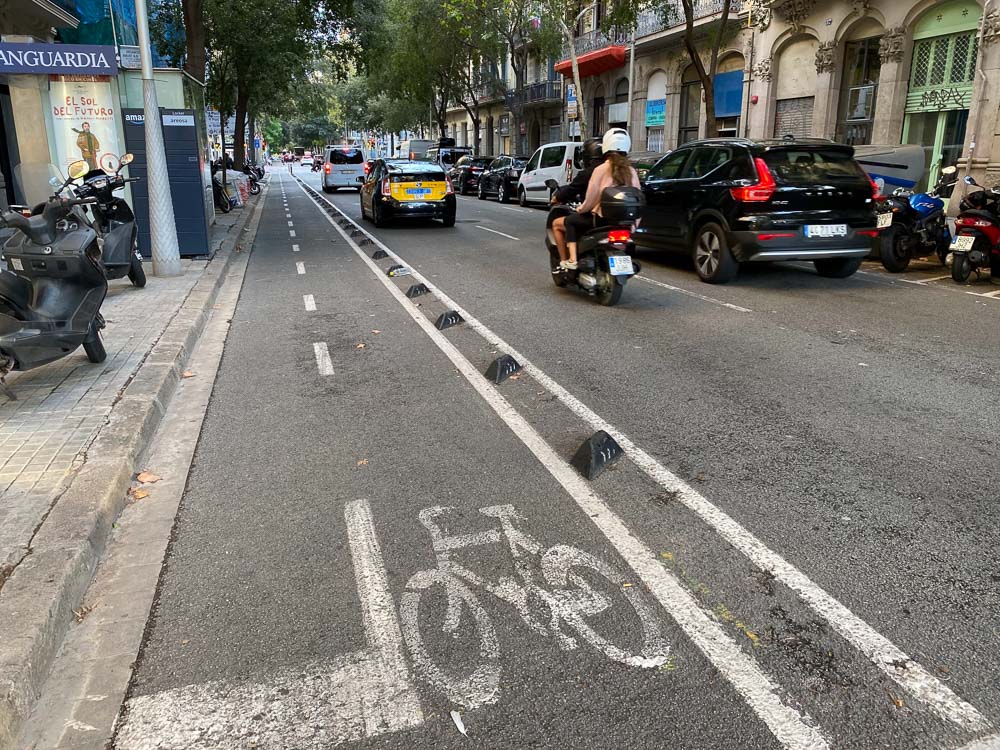
2. Protected bike lanes galore. We’ve been saying it in the Philippines for a long time, and cities all across the globe seem to agree as well: Protected bike lanes are a good idea. Barcelona has plenty of them, and keeps cyclists away from other vehicles wherever possible.
Sometimes that’s done by placing the bike lane far away from other roadways, but where space is limited, there seems to at least be a small physical barrier to discourage deliberate or accidental incursions by cars.
There are also many public bike rentals about, and despite the hot climate, citizens seem happy to travel around on two wheels.
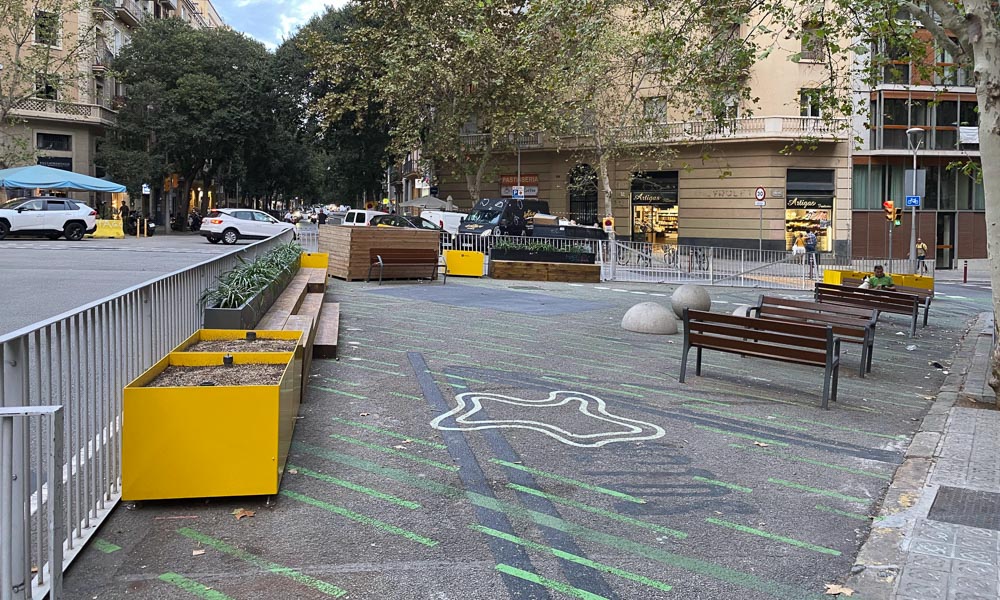
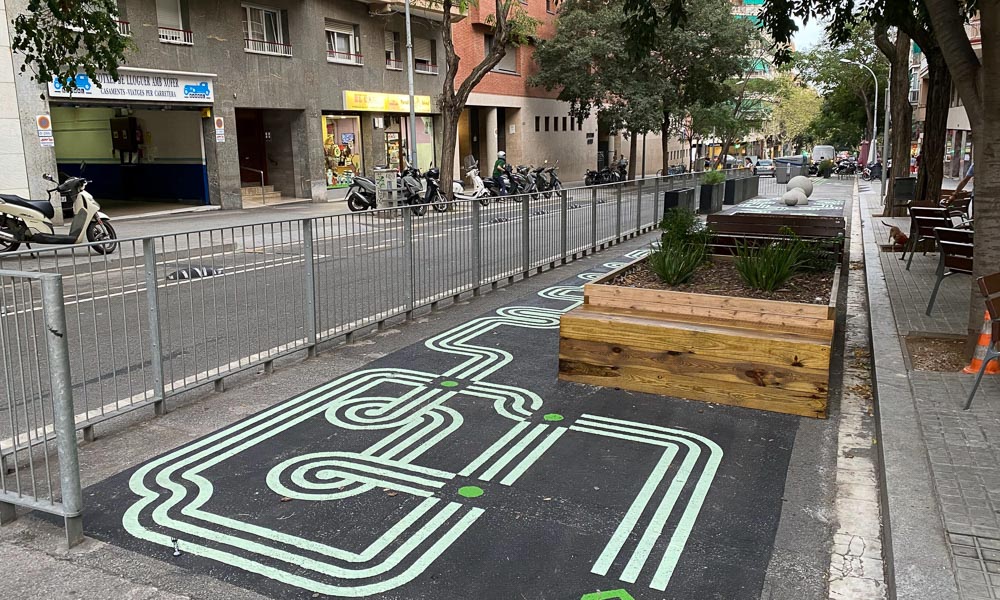
3. Spaces are for humans, not for cars. Everywhere you go, you get the feeling that humans are claiming spaces back from cars. Little protected seating and play areas at the corners of junctions, or whole lanes where cars aren’t allowed anymore so people can use the space, are an amazing sight and certainly improve the quality of life for residents.
Maybe nowhere will this concept be more visible than when the transformation of Avenue Meridiana is complete. According to the official website, this EDSA-esque thoroughfare is currently undergoing renovation with the aim to:
Turn the avenue into a benchmark civic axis and a green avenue that invites the public to enjoy its greenery, children’s recreation areas, and urban furniture, rather than see it as a barrier dividing neighborhoods. The changes will have to include traffic calming as well as the necessary measures to prioritize and facilitate the use of public transport, separate bike lanes, and reclaim pavements for pedestrians.
The mere thought of doing the same thing to EDSA gives me a warm, fuzzy feeling in my stomach. Sadly, we’re still some way away from that, but there’s always hope.
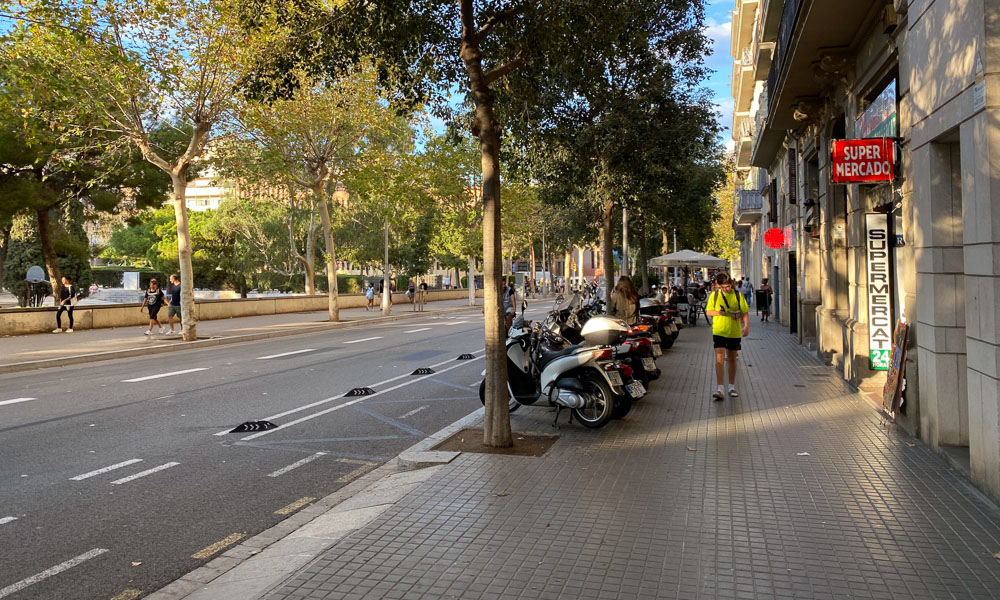
Quezon City, for example, is already exploring the idea of 15-minute cities, and this brings me to the inevitable honorable mention of the famous Barcelona Superblocks. This pretty radical approach kicks private cars out of whole areas of the city, and returns the space to residents in the form of parks and communal areas.
While the unique layout of Barcelona makes this endeavor slightly easier, there is absolutely nothing stopping cities within Metro Manila from doing the same.
As always, all it takes is political will and some strategic vision to realize that we cannot continue to worship the private car anymore. One visit to Barcelona will show you how nice things can be, and I hope that the powers-that-be will one day discover this for themselves.

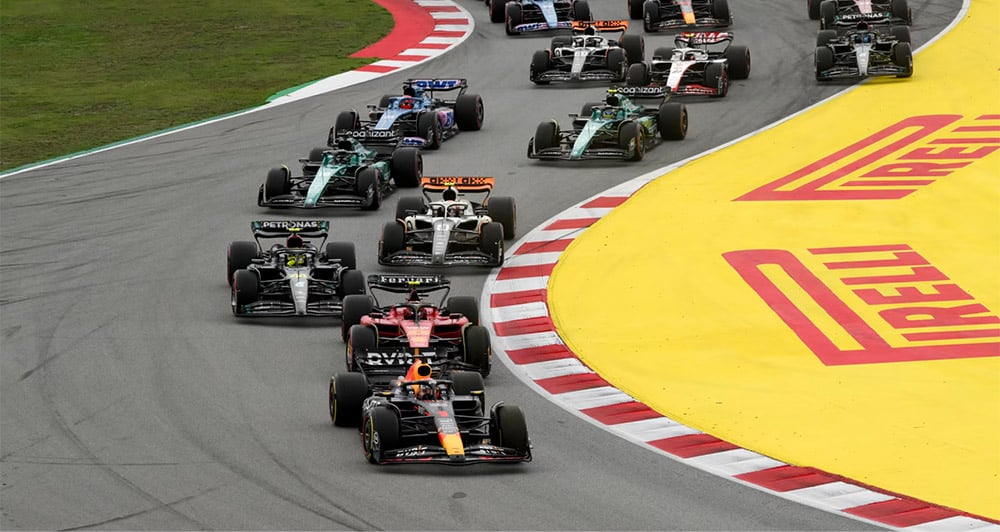
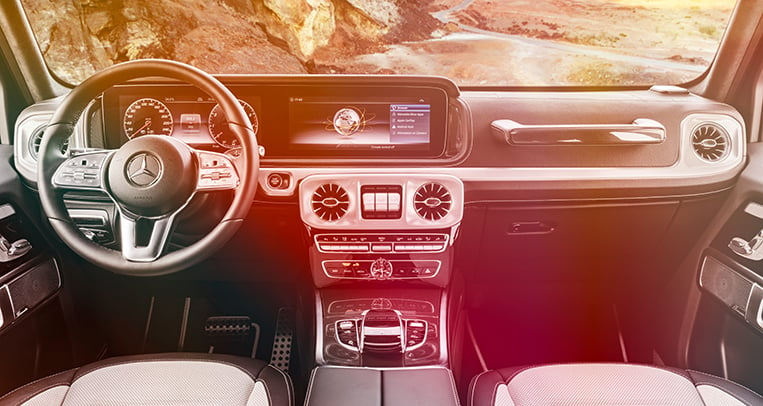
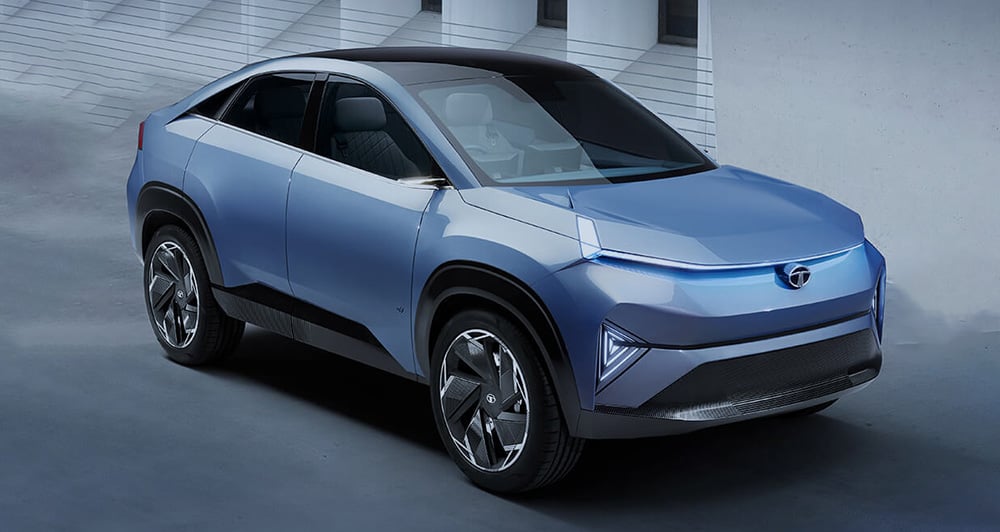
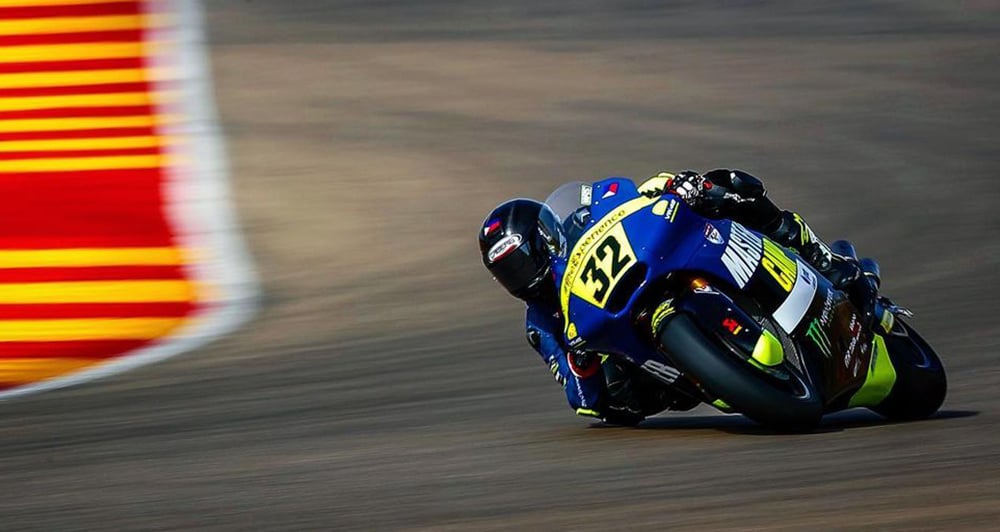
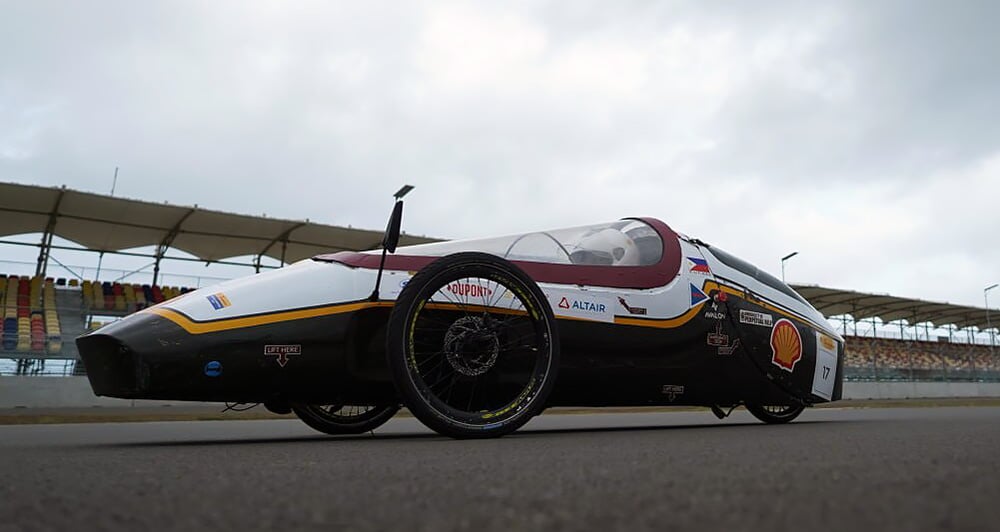
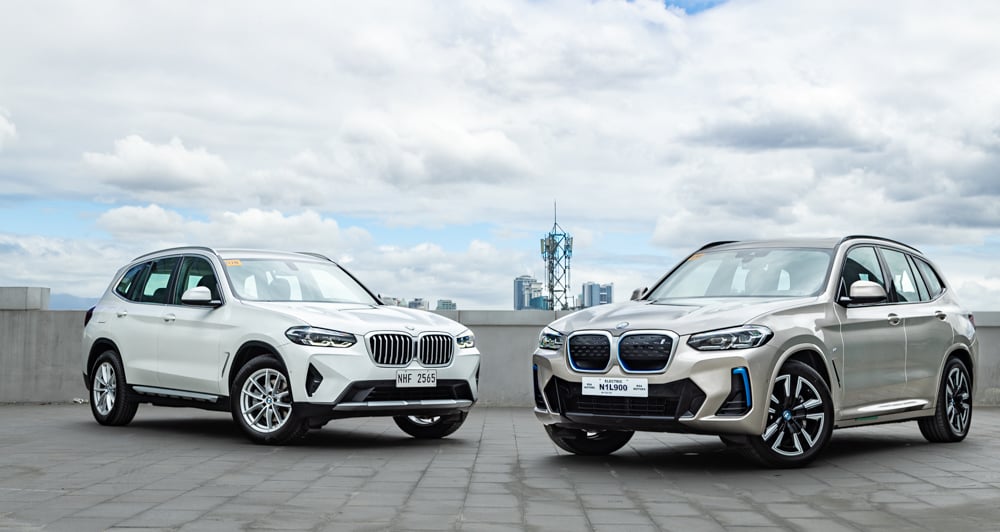
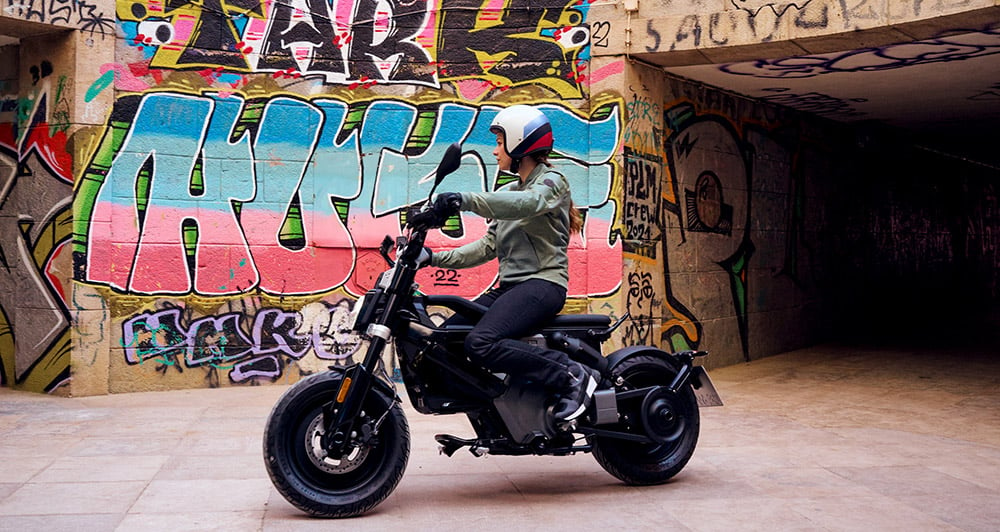
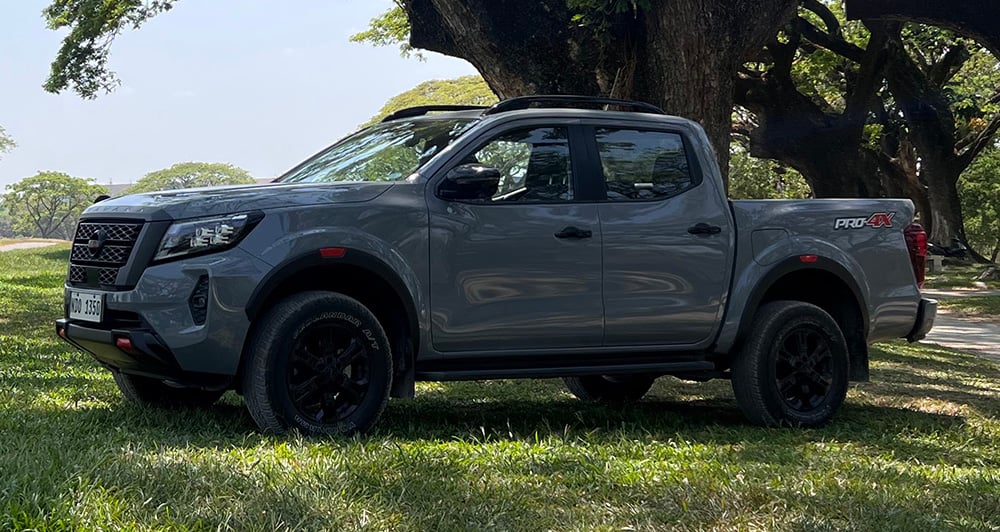
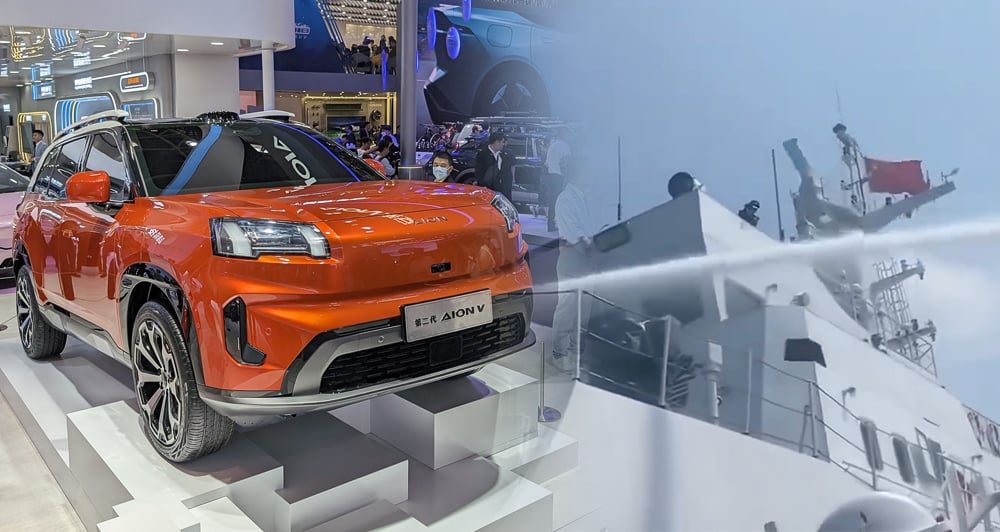
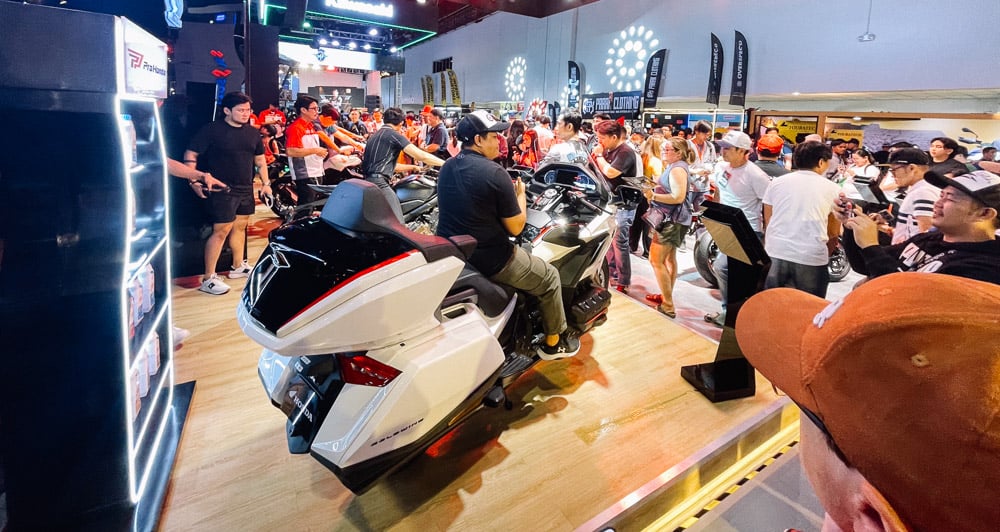
Comments